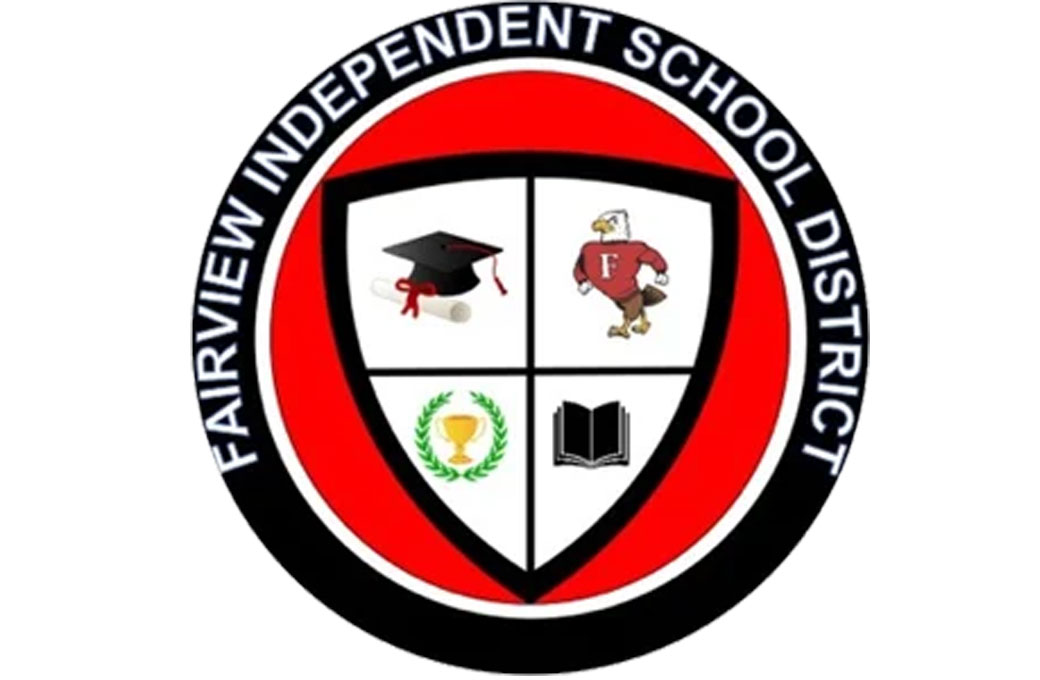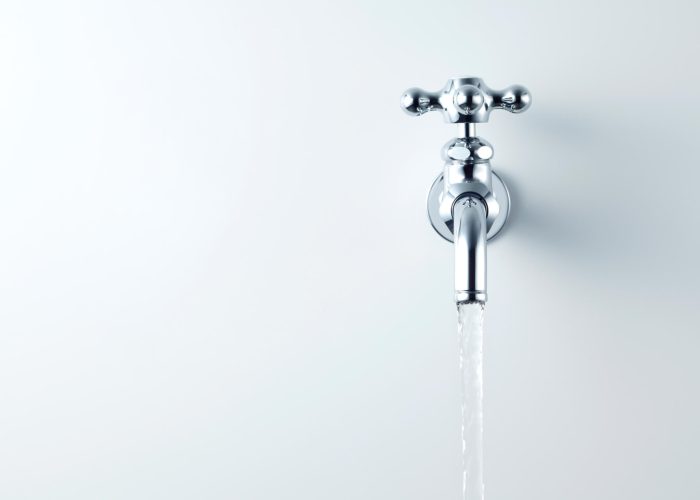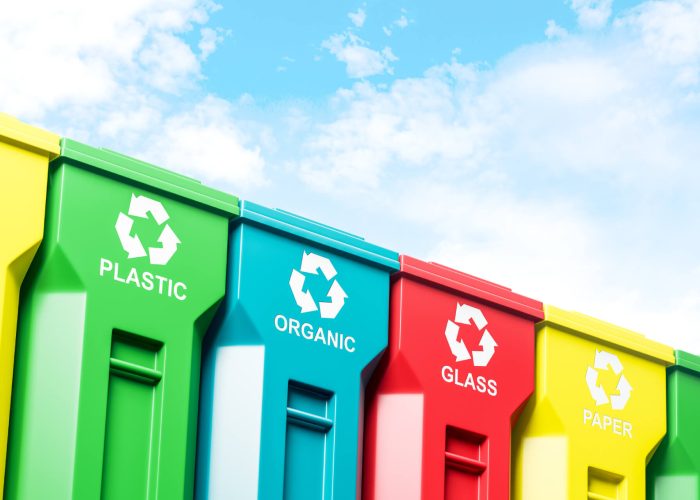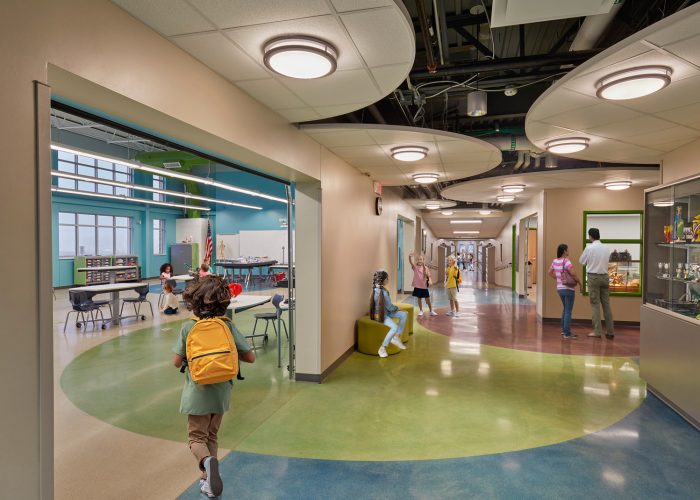Article Takeaways
- The majority of a school’s water consumption comes from necessary functions like heating and cooling systems, restrooms, and the cafeteria.
- Simple upgrades, like faucet aerators and high-efficiency toilets, can cut water use by up to 20%.
- Water conservation efforts help reduce costs and energy use, lowering both operational expenses and carbon emissions.
- Efficient water management builds sustainable, future-ready learning environments that model environmental stewardship for students.
Did you know that approximately 6% of total water use in commercial and institutional facilities occurs in schools? That may sound small, but it represents several gallons of water every year dedicated to supporting daily learning and campus operations.
The largest amount of water consumption in K-12 school facilities usually comes from heating and cooling systems because they rely on significant water volumes to maintain comfortable classroom environments. Restrooms, drinking fountains, and cafeteria kitchens also contribute heavily to overall usage, as they serve hundreds or even thousands of students and staff each day. Beyond the building itself, science labs, athletic fields, and landscaped grounds demand regular water use for experiments, cleaning, and maintenance. While water conservation can seem daunting, this article will provide your district with practical ways to save water at school.
How to Save Water at School?
All schools have an opportunity to make a lasting impact through smarter water management. By adopting thoughtful conservation practices, they can significantly reduce water consumption, lower utility costs, and promote environmental stewardship within their communities. From simple fixture upgrades to campus-wide efficiency initiatives, these strategies not only conserve resources but also serve as valuable, real-world lessons in sustainability for students.
Below is a list of water conservation strategies school districts can leverage to reduce consumption:
- Utilizing faucet aerators decreases the amount of water that flows through taps. Aerators can cut water consumption by at least 30%.
- High-efficiency dual flush toilets conserve water that is often wasted. By federal standards, toilets should use no more than 1.6 gallons per flush. Dual-flush models use about 20% less water than the federal standard.
- Water-efficient plumbing fixtures can be installed throughout the school to eliminate inefficient systems that add to heavy water consumption. These fixtures include urinals, showerheads, and hose hookups.
- Detecting and repairing leaks as quickly as possible is the best way for schools to reduce their consumption and water waste. A slow drip might seem harmless, but a faucet leaking once per second can waste over 3,000 gallons of water annually.
- Landscaping with native drought-tolerant plants and mulching regularly can also reduce the amount of water that is needed for irrigation. Plants such as succulents and cacti, or ground cover plants like rockrose or moss phlox, can thrive with little water. Mulching plants regularly help the soil to remain moist, reducing the need for frequent watering.
- Adopting a water conservation policy within the school can also help students get on board by reducing the amount of water they use and contribute to a more sustainable building. Schools should encourage and practice these water conservative procedures each day.
- Encouraging the use of refillable water bottles among students and faculty to reduce plastic waste and encourage everyone to conserve water resources.
- Collecting and utilizing rainwater from collection barrels on roofs, in parking lots, or throughout the school’s campus. This water can be used for landscape irrigation, and cooling systems.
What are the benefits of conserving water usage in schools?
Efficient water management in schools plays a vital role in building sustainable, cost-effective learning environments. When schools take steps to manage their water use effectively, the benefits ripple far beyond the utility bill. Improved efficiency helps districts reinvest savings into educational programs, reduces the environmental footprint of school operations, and sets a powerful example for students about responsible resource management. By conserving water, schools demonstrate leadership in sustainability and help preserve the communities they serve for generations to come.
There are numerous advantages of reducing water consumption within schools. The top three benefits of water conservation include:
- Cost savings: Utilizing less water can decrease operating costs by 11%.
- Energy savings: Reducing water usage can decrease energy use by 15%. Less energy is needed to process, deliver, and heat water, resulting in lower emissions and cleaner air.
- Reduced stress on natural resources: Water conservation practices can decrease water use by 10%, which helps minimize the effects of drought and water shortages over time.
It is important that building owners take proactive steps toward water efficiency strategies and eliminate waste wherever possible. Water is a shared and limited resource, and how it’s managed within our buildings has a direct impact on both the environment and operating costs. By designing and maintaining water-efficient, eco-friendly facilities, building owners can significantly reduce waste, improve system performance, and extend the life of infrastructure. Implementing smart water conservation systems—such as advanced monitoring tools, efficient fixtures, and sustainable landscaping—helps ensure that every drop is used responsibly. Beyond the immediate benefits of cost savings and operational efficiency, these actions reflect a long-term commitment to environmental stewardship.
Hear From Satisfied Clients.








